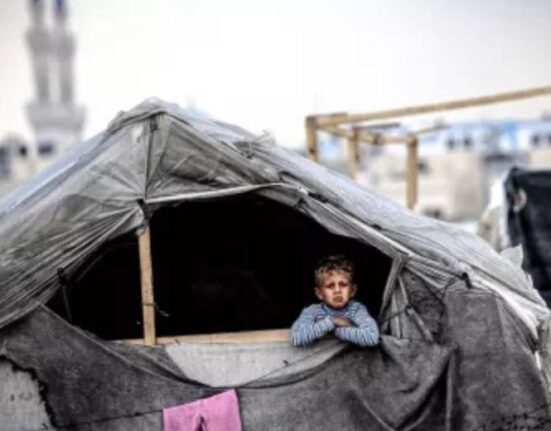HQ Team
April 23, 2025: Displacement caused by an internal conflict between the government and armed militants, weather extremes, and funding cuts is driving 10 million people in Ethiopia to malnutrition and hunger, a UN agency says.
Stocks of nutritious commodities are running dangerously low, aided by drought and economic shocks, and the World Food Programme’s (WFP) nutrition support may soon dry up due to a lack of funds, according to a statement.
The organisation’s life-saving response has been severely hampered by critical funding shortfalls as 3.6 million of the most vulnerable are at imminent risk of losing food assistance, including malnutrition treatment for 650,000 women and children.
Malnutrition rates are alarmingly high, with 4.4 million pregnant and breastfeeding women and children in need of treatment.
2020-2023 drought
In parts of Somali, Oromia, Tigray, and Afar regions, child wasting has surpassed the 15% emergency threshold.
Humanitarian needs in Ethiopia are rising due to conflict in neighbouring countries.
WFP already supports 800,000 refugees in Ethiopia, including 100,000 Sudanese refugees, while escalating insecurity in northeastern South Sudan could drive 10,000 more refugees across the border.
Poor rainfall expected in south-eastern Ethiopia through May risks another drought in the Somali region as families are still reeling from the 2020-2023 drought, the country’s longest on record.
‘Deeply cut assistance’
Facing a massive funding shortfall for our Ethiopia operations, the WFP may be forced to “deeply cut assistance” to millions of people in the coming weeks, according to the statement.
“The situation has become untenable, and WFP has no other choice but to cut life-saving support,” says Zlatan Milišić, WFP Country Director in Ethiopia. “Our 2025 budget for the country is expected to be just over half of last year’s.
“We are already reducing our footprint and stretching our resources as far as we can,” Milišić said. “Millions of Ethiopians are one shock away from falling into a catastrophe. We need a swift and generous donor response to ensure the country’s most vulnerable people get the assistance they need.”
About 3.6 million people will lose access to critical WFP food and nutrition relief without immediate funding. Among them are 650,000 malnourished children, along with pregnant and breastfeeding mothers. WFP’s hunger and malnutrition-fighting efforts are at risk.
Criminal activities
Ongoing violence and insecurity in Amhara are disrupting WFP’s humanitarian operations, “threatening our ability to reach over half a million vulnerable people in the region.
“Criminal activities such as car hijacking, threats, and theft are on the rise and pose serious risks to staff safety and impact the delivery of life-saving assistance,” according to a separate statement.
The WFP in Ethiopia faces a funding shortfall of $222 million between April and September 2025








